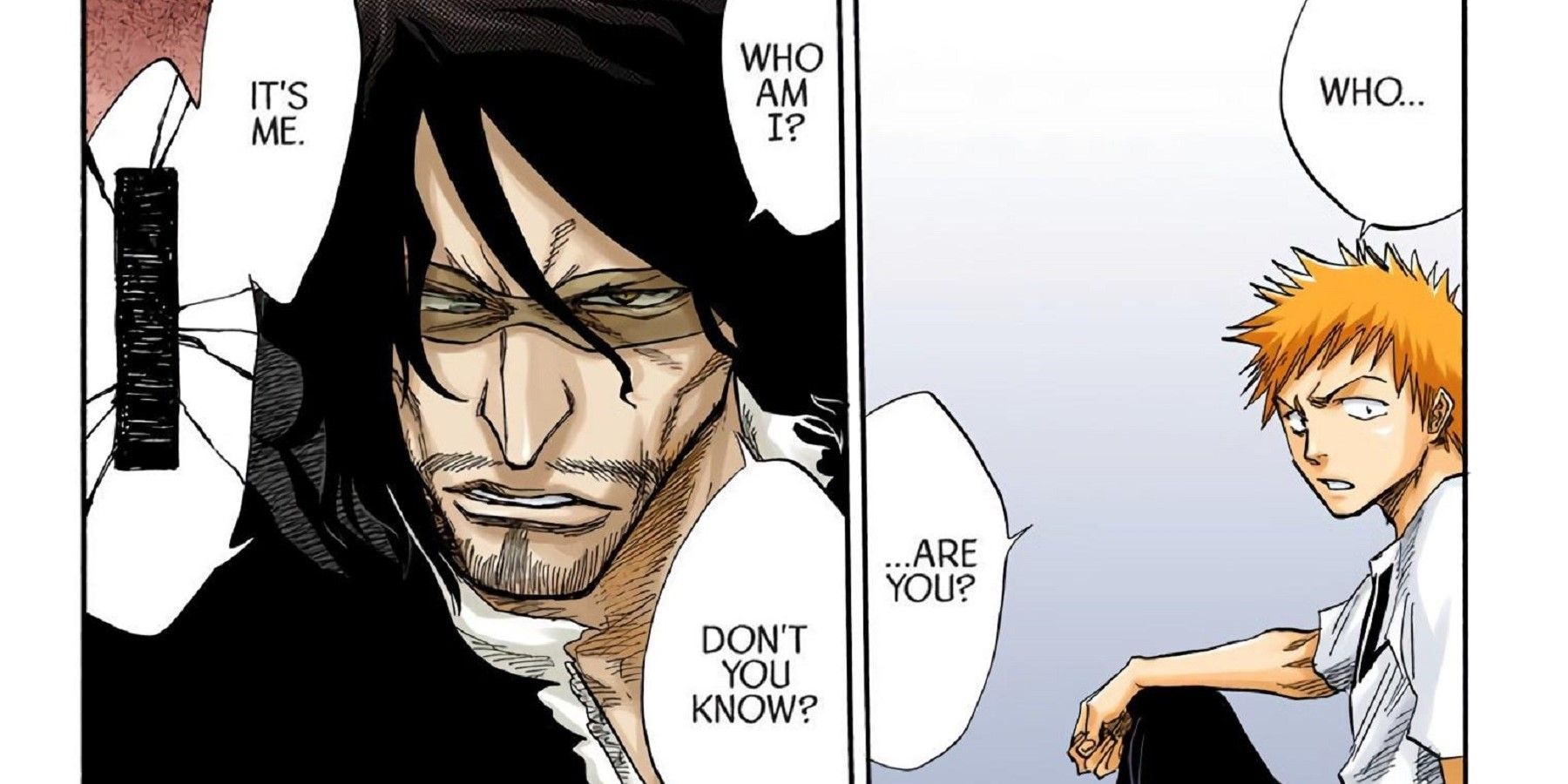With the return of BLEACH in October, the upcoming Fall anime season is set to be one of the most hyped in a very long time. BLEACH: Thousand-Year Blood War, the adaptation of the thrilling final arc of Tite Kubo's manga features the return of a group long thought to have gone extinct – the Quincies.
They boast incredible power and their leader Yhwach is revealed to be the true overarching antagonist of BLEACH. Something about Yhwach's name, and the nature of his abilities indicates something fans have known about Kubo for a long time: he has a penchant for subtext and nomenclature. So, what is the secret behind "Yhwach", and the character's insurmountable power?
Der Anfang
Quincies in the BLEACH universe are introduced through deuteragonist Uryū Ishida, a broody character who initially resents Ichigo because he resents all Shinigami. This is partly because of his Quincy heritage, which makes him stand in ideological opposition to the group Ichigo represents. In the beginning, Rukia explains that the Shinigami exist to maintain balance in the realms, balance which exists because of the cyclical nature of the soul's journey in the BLEACHverse through two key functions:
- Shinigami are the bridge between the world of the living and the dead, and are effectively psychopomps of the BLEACH universe. They guide the souls of the dead (known in-universe as "Pluses") from this world safely into the next through a ritual known as Konso – "Soul Burial".
- As an extension of their psychopomp duties, Shinigami also purify evil spirits known as "Hollows", again using their Zanpakuto as a means to defeat the evil that festered around a Plus that wasn't able to move on, hence freeing them from the accumulation of negative energy that left them maligned.
Der Streit
Quincies are introduced as living humans with the ability to harness spiritual energy. They're able to metabolize reishi, ("Spirit Particles"), and use that to charge their weapon of choice – the Kojaku, or Quincy Bow. Their natural enemy is the Hollow, souls that were once human but were unable to move onto the next plane due to immense attachments they have to this world. As such, when humans emerged with the ability to harness spiritual energy for combat, it was honed specifically to destroy Hollows.
Herein lies a semantic difference between the two: Shinigami purify Hollows, while Quincies destroy them, which disrupts the balance as the reishi that forms these Hollows is not sent over to the next world, but rather dissipated, and therefore, the number of souls present in existence is permanently altered.
This can then lead to the collapse of the partition between the three main realms: the world of the living, Soul Society and Hueco Mundo. Due to the differences in physiology, origin and combat style, the Quincies are the polar opposites of the Shinigami, further emphasized by their donning of white as opposed to the black shihakusho worn by the Shinigami.
Der Massaker
200 years prior to the events of the main series, the Shinigami enacted the Quincies' extermination. Uryū is seen as the sole survivor, and his disdain for the Shinigami stems from their perpetration of the genocide of his people, but also the loss of his grandfather as a symptom of Shinigami-Quincy conflict. The Thousand-Year Blood War Arc is the return of the Quincies after a long period of dormancy, which is contingent on the return of the Quincy progenitor, Yhwach.
The destruction of the Quincies is also something alluded to in the nomenclature, as the term is written「滅却師」in Japanese, with the kanji「滅」– "metsu" - destruction;「却」– "kyakku" - rejection/refusal; and「師」– "shi" - "teacher" (in a religious sense). Given the multitude of readings for any individual kanji, especially in a given context, the pronunciation "Kuinshī" is used, and since the race is based on a German motif, the term's Romanization into "Quincy" also lends itself to the overarching theme. All together, the Japanese word can be understood as "Monk of Destruction". Interestingly, if one were to translate the kanji to German, the resulting word is "Zestörer" – "destroyer", further driving home the impact of the Quincies on the balance of reality in the BLEACH universe.
Der Kreuz
One of the other major motifs of the Quincies, is the presence of a piety inherent to their ontology. The concept of a monk as a religious figure in the lone sense lends itself to Uryū's initial belief that he was the only one left.
The Quincy Bow that is used by Uryū initially channels reishi through an instrument that is shaped like a Christian cross or rosary, and the emissaries of the Quincy King, the Sternritter, don all kinds of garments adorned with cross motifs. Given the inherent religious element in the name, the Quincies also exhibit the tendencies of religious zealots, complete with extremist conceptions of what reality ought to be – leading towards Yhwach's desire to coalesce the three realms into one.
Der Pater
Yhwach is commonly referred to by his subjects as simply "Your Majesty", but he also carries the epithet "Father of the Quincy". Yhwach is a special kind of Quincy, who, unlike the regular Quincy that garners reishi from the world around them, is the kind who distributes it; thus, Yhwach is able to dole out fragments of his own soul. Born without the luxury of his five senses, Yhwach was somehow understood to be a special existence from birth despite being born supposedly feeble.
People realized that upon touching the infant, they were able to gain that which they once lacked; the blind could now see, the deaf could hear, and the weak could become powerful. When a loaner of Yhwach's power died, the power returned to him far greater than it was going out, allowing him to gain access to the faculties he lacked. When he gained hearing, he realized that people started calling him "Yhwach", the name of the god they worshiped.
Quincies that dole out reishi were initially thought to be incomplete, and were killed off because they were assumed to be inferior. They are also incredibly rare, and the only ones introduced in BLEACH are Sternritter B – Jugram Haschwalth, and Yhwach himself. Yhwach's assignment of a schrift unto certain officers is hence an adaptation of his ability to give out power; however, through this "generosity", Yhwach is effectively loaning out his power so that it may mature in the hands of another.
The ceremony for the assignment of a schrift involves the drinking of Yhwach's blood, which is reminiscent of communion in Christianity. As the literal child of the Soul King, the very cornerstone of reality in the BLEACH universe, Yhwach is effectively spiritual royalty and a special kind of existence worthy of his special designation – A: The Almighty.
Tetragrammaton
The connection between the Soul King and Yhwach as father and son who eventually become one true omnipotent agent is similar to the conception of the Holy Trinity in Christianity. Given the connection between Quincies and Christian iconography, the designation of Yhwach as "The Almighty" also bears significance in a religious sense, and as an individual who grants the Quincies their abilities, he is effectively playing the role of Son and Holy Spirit in Christian lore, with his eventual absorption of the Soul King completing the trifecta. The final piece in this puzzle lies in his name – "Yhwach", pronounced "Yūhabahha" in Japanese, a four-syllable reimagination of the pronunciation of what is known as the Tetragrammaton, the four letters that are the True Name of the Judeo-Christian deity.
YHWH, the anglicization of the theonym "יהוה", is the four letters pronounced "yodh"; "he"; "waw" and "he" which are used in the supposed "True Name" of the Judeo-Christian deity. As many people know, this entity is commonly referred to simply as "God", or "Adonai" ("The Father"), but a commonly accepted pronunciation of the tetragrammaton is "Yahweh" or "Jehovah". The name is thought to be extremely powerful, and ought not be used wantonly ("in vain"), which is why it was abbreviated such that its full power is not invoked. The tetragrammaton is supposedly derived from a verb meaning "to be", "to cause", "to become" and "to come to pass", and in the case of Yhwach, the four letters are present in his name, giving rise to his ability to give power, to see into the future and his ultimate goal.
Der Wahrer Name
When Zangetsu's manifested form is first revealed in chapter 63 (episode 39), in Ichigo's inner world, Ichigo and viewers are unable to hear the name that Zangetsu first utters. In the manga, it is redacted, and the speech bubble appears cracked. It is revealed that "Old Man Zangetsu" is not Ichigo's Shinigami powers, but the manifestation of his Quincy abilities, and greatly resembles Yhwach from 1000 years prior to the events of BLEACH – from the first war between the Shinigami and the Quincies.
The possible reason why Ichigo could not hear Zangetsu's name during their first meeting is because he used the name "Yhwach", which should have been significant to Ichigo as one of his children, is because it was sealed by the Zero Squad leader Ichibe Hyousube – the "Monk Who Calls the Real Name", the person responsible for naming all that is in Soul Society.
Ichibe's Zanpakuto, Ichimonji, is basically a calligraphy brush, and one of its abilities is "Blacken"; anything covered in its ink loses its name and thus, its effectiveness. He attempted to seal away the re-emerging Quincy King, and given the relation to the tetragrammaton, it is effectively playing out to be an extension of the idea that the real name of God, having been deemed too powerful for the use of mere mortals, has been deliberately removed from our collective memories – forever.

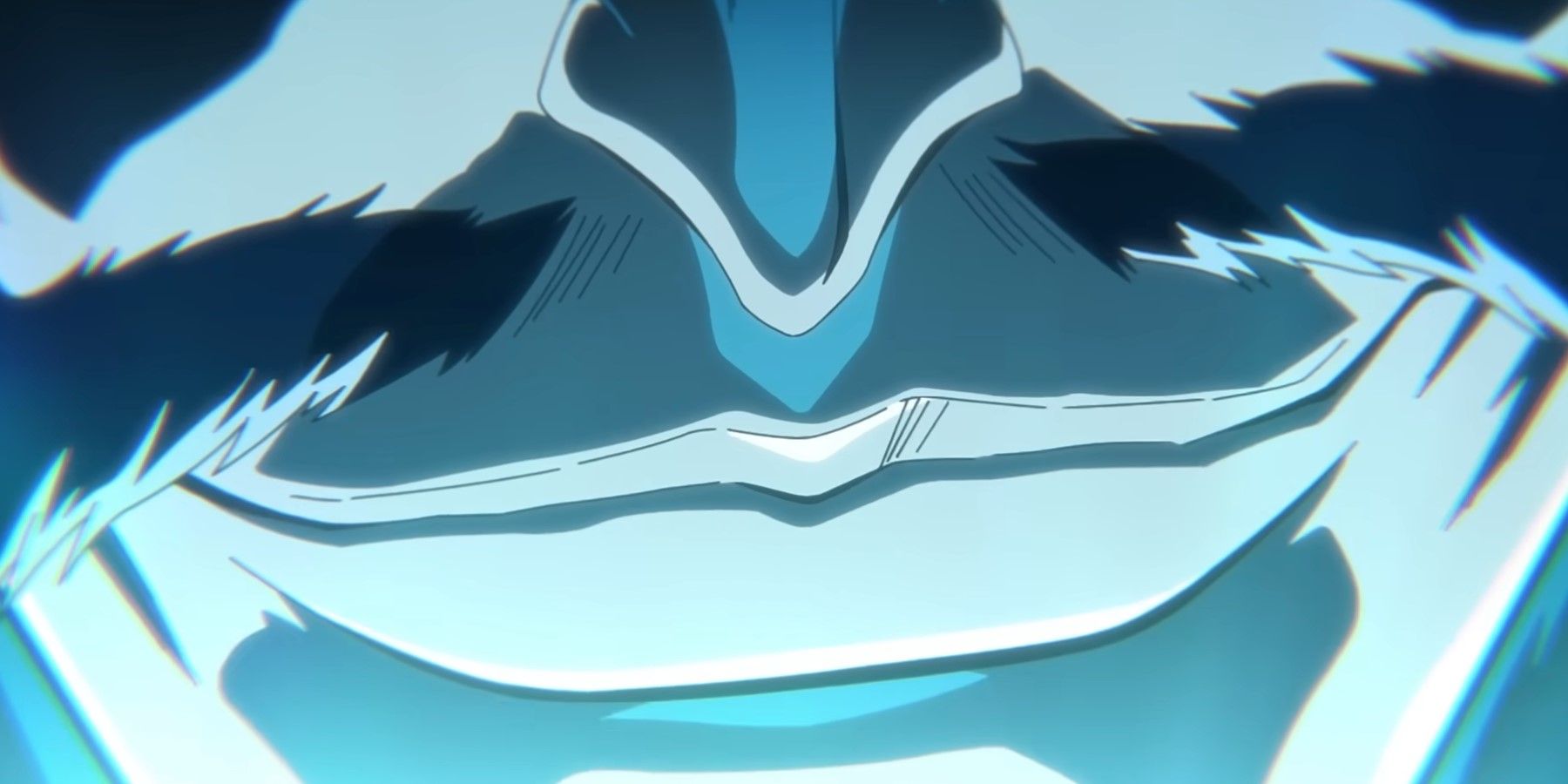
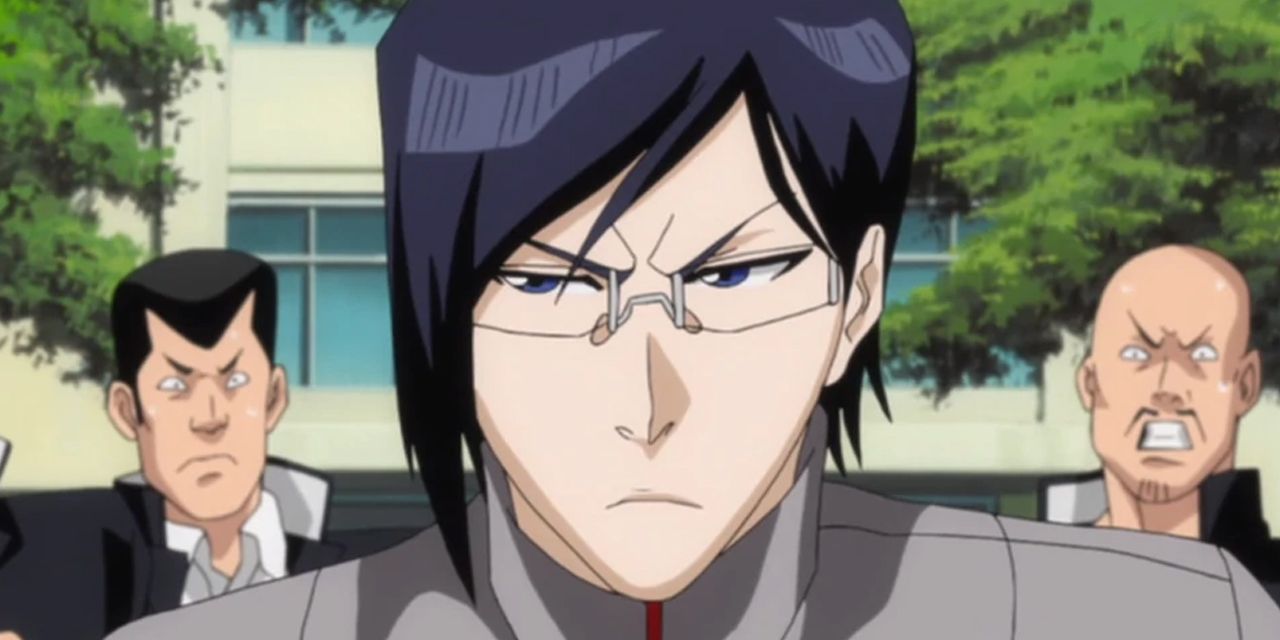
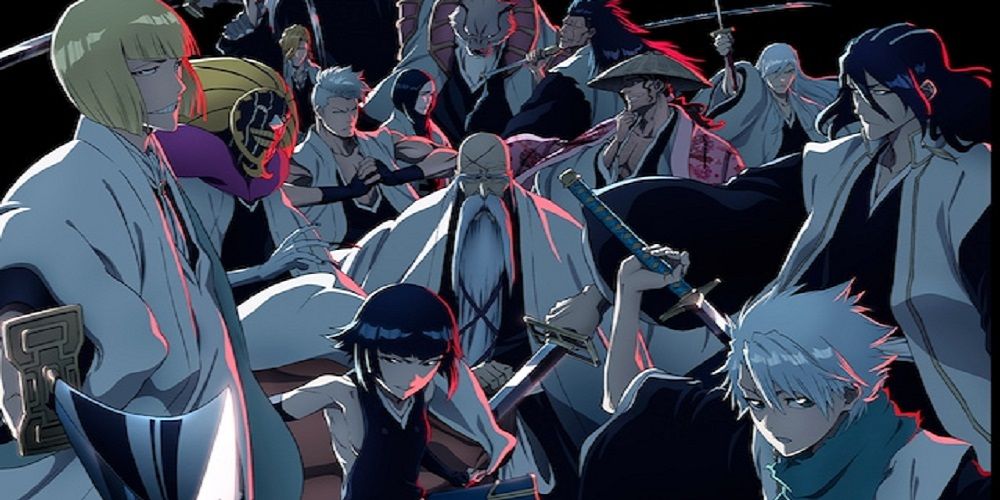
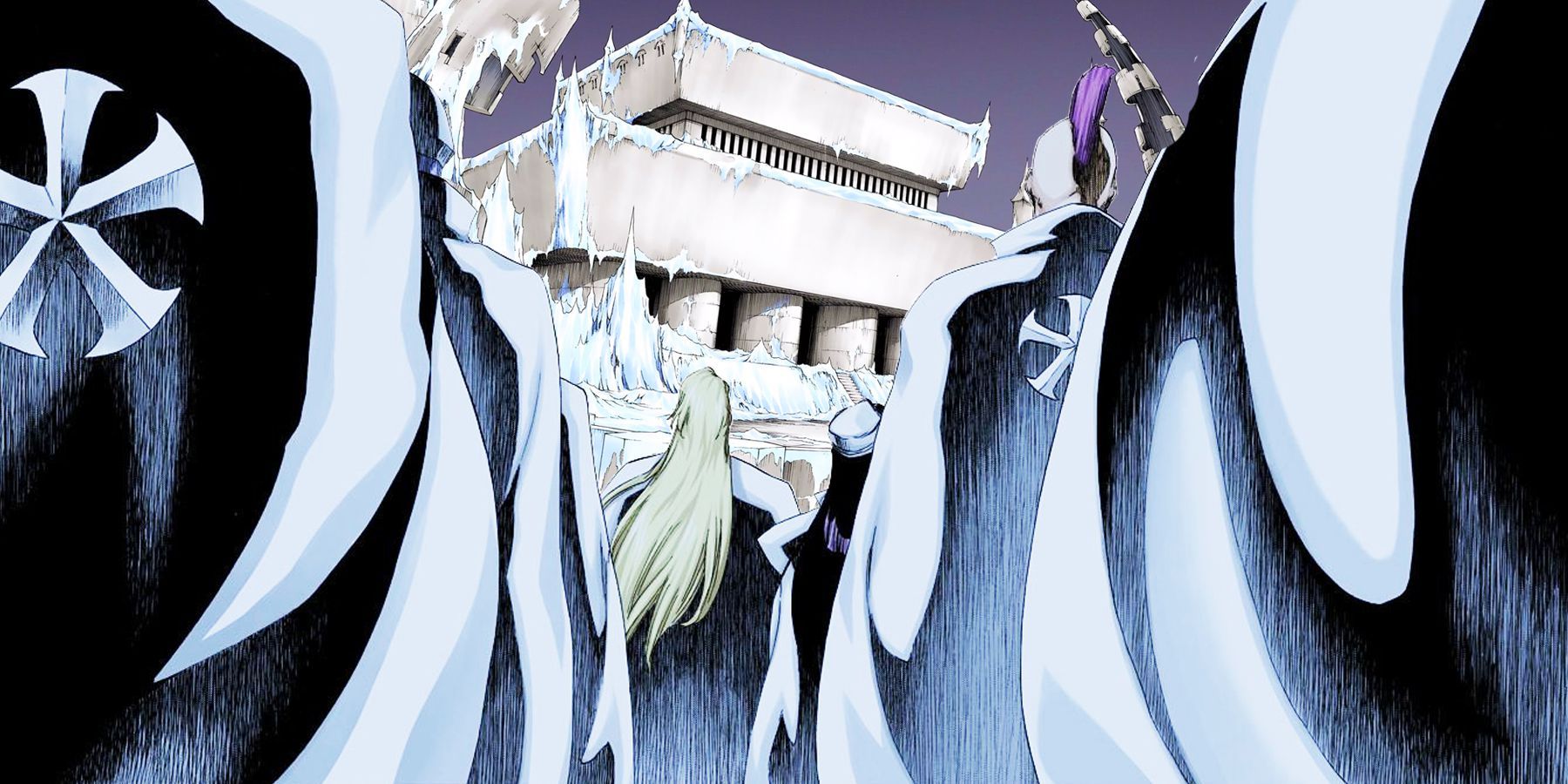
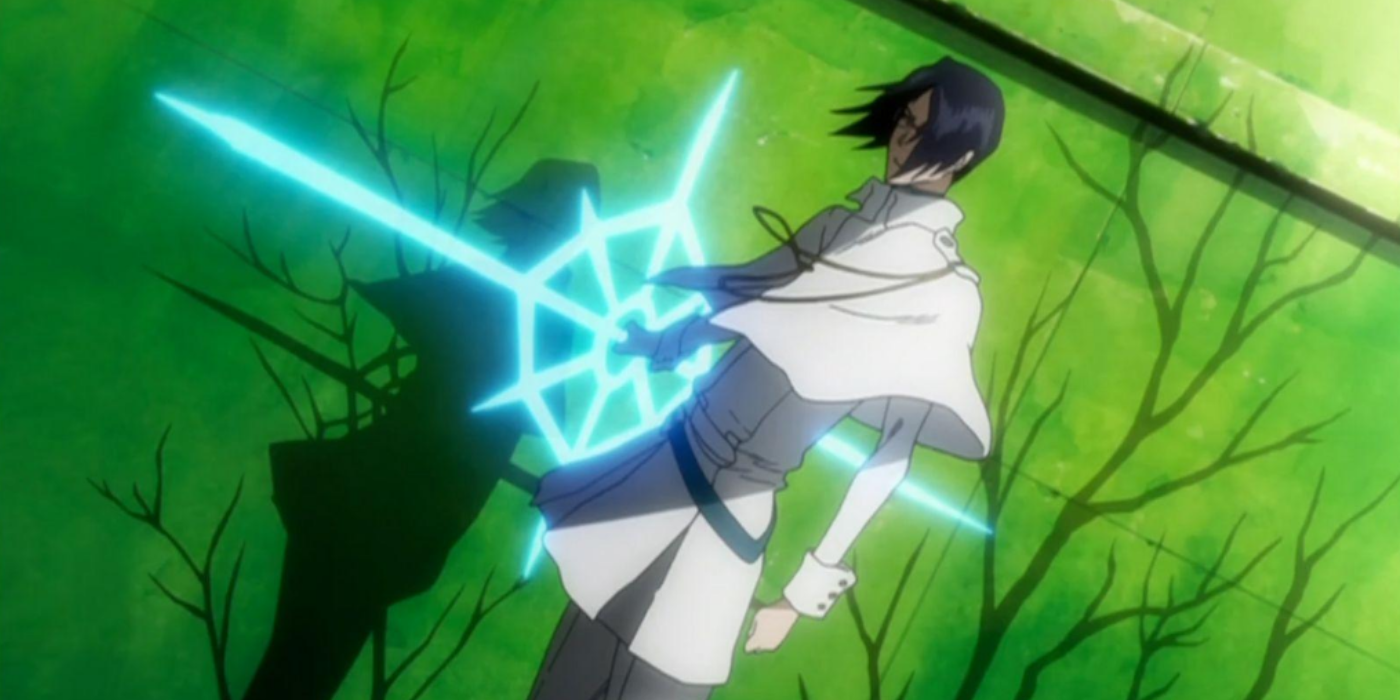
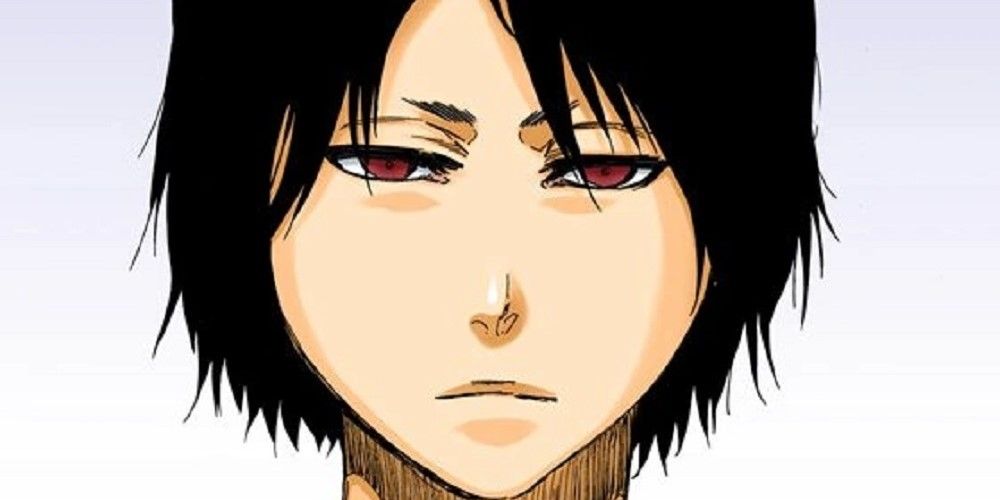
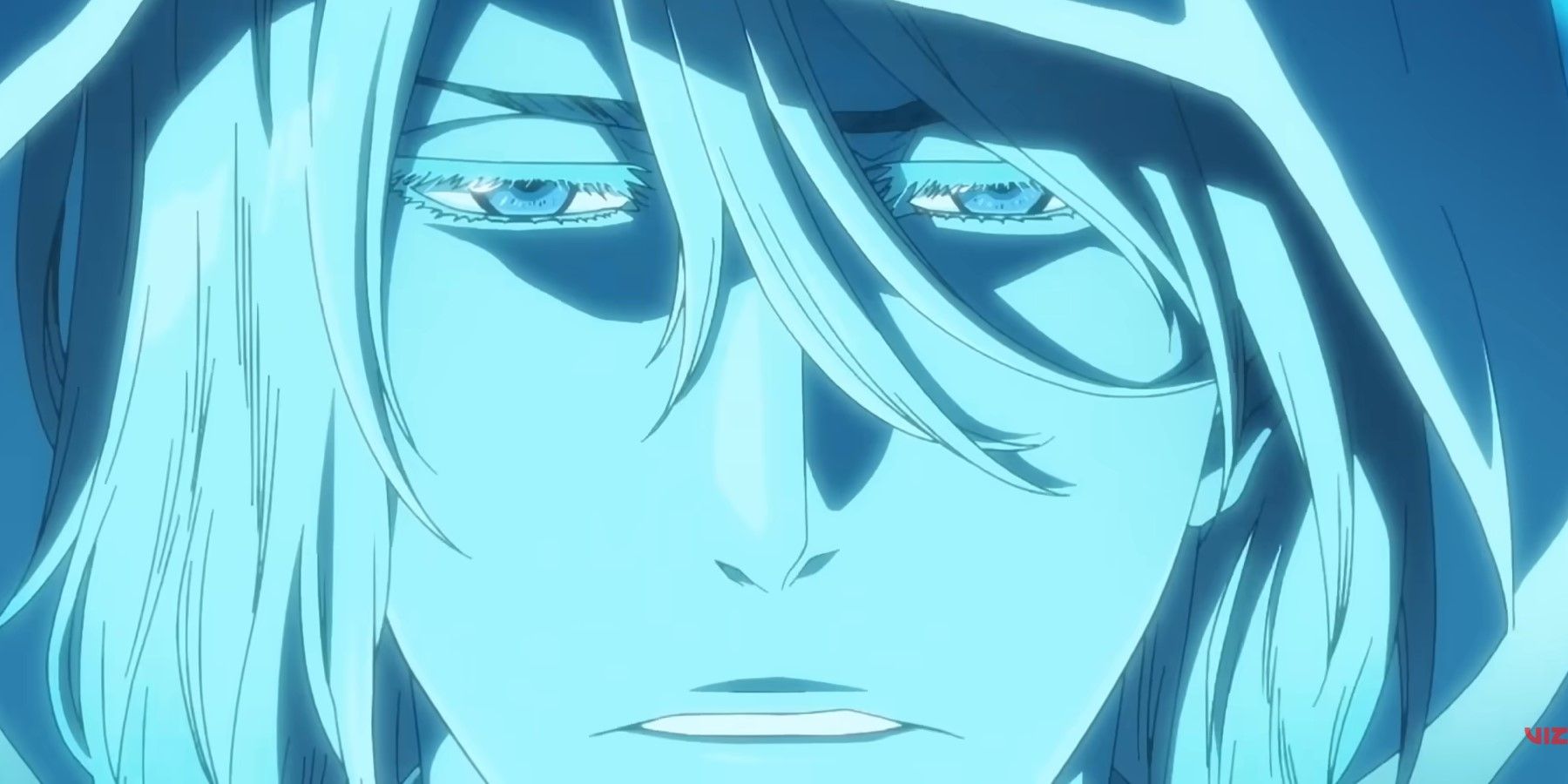
.jpg)
